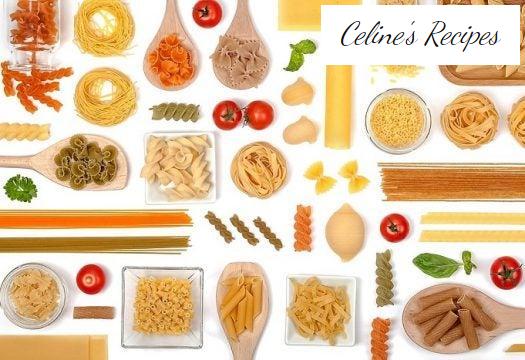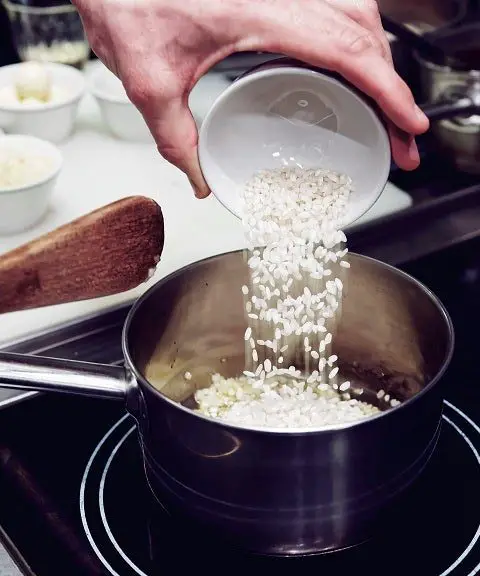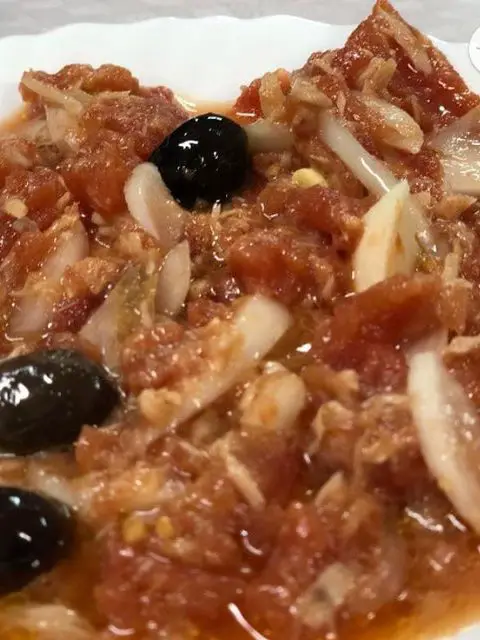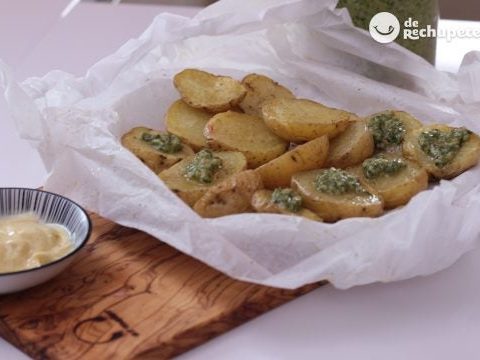
Info.
- Easy
- 12 minutes
- For 4 people
- € 0.3 / person
- 282kcal per 100g.
How to cook and prepare Italian pasta.
Today I present a series of instructions to prepare pasta at home and that not even an Italian realizes that he is not at his mother’s house.
Of course, like almost everyone, I poorly prepared Italian pasta, from adding oil to the cooking water, falling short of water in the pot or even not salting the water where the macaroni was cooking.
It is only necessary to take a trip to the USA or in our own country and check that the pasta is eaten slightly pasty and overcooked.
Italian pasta, that great nutritional invention that has fed the world like rice, is perhaps with Italian pizza dough one of the dishes that deserves respect and prepare it as God intended.
There is a before and after to know a few points, especially if you have had the opportunity to visit Italy (or some good Italian restaurant) on the preparation of Italian pasta.
A real sacrilege that ranges from using ketchup as if it were fried tomato sauce to tasting a cappuccino at any time, and that seems to us as rare as Jamie Oliver adds chorizo to everything, including paella .
The ten rules that a cooker must be clear about when cooking a dish of Italian pasta correctly are not very difficult and the result significantly improves our recipes.
Well, let’s go with it, an authentic ‘Italian’ pasta will not only depend on the sauce you prepare to accompany it, but on how you prepare it.
Top 10 tips for preparing Italian pasta
- I advise you to spend a little more money on the purchase of Italian pasta because its quality and how you prepare it is decisive in the result of the recipe.
- The sauce always has to be ready before the pasta, you should always wait for the pasta and not the other way around. We must always prepare the sauce or accompaniment before the pasta is cooked to add and mix everything on the fire before serving, thus achieving that it takes the taste and is well integrated, the flavors together and in a perfect way.
- We heat in a saucepan a liter of water for every 100 gr. of our chosen pasta, the recommended measure per person. These proportions, which are normally indicated on the packaging, help the paste not stick together. And always try to use a large casserole, the largest in your kitchen, if possible with high edges, since this way you can move the pasta well so that it does not stick. If you cook pasta many times it will be very useful to buy a casserole for those occasions, a good investment.
- Adding oil or butter when cooking is a false myth. Putting oil in the water is a mistake, because it creates a slippery film on the pasta that is not good for cooking it.
- Seasonings in the water. We should never add seasonings such as oregano or bay leaf in the pasta water while it is cooking, nor fry the pasta with precooked tomato sauce in a pan. All these ingredients must be added to the pasta once it has been strained, dried and served on a plate.
- When it starts to boil in spurts (it has to boil over a very high heat, almost sauce from the casserole) we add 1 generous handful of salt, one level tablespoon for every 200 grams of pasta. Then we add the pasta, always all together. We remove with a wooden spoon so that it does not stick and is loose, during cooking, you must not stop stirring the pasta and we must test from time to time to verify that you leave it ‘al dente’. I do not recommend cooking the pasta with a lid.
- On the back of the pasta package comes the cooking time, we must be guided by these instructions from the Italian pasta manufacturer because for each type it is different. If it serves as an orientation, the average cooking time, depending on the cut of the pasta, is between 8 and 11 minutes, we must follow the manufacturer’s instructions. So we will get what is called pasta “al dente” or at its right point, that is, it does not pass, although a great tip is to try it almost at the end just in case the package deceives us.
- Once the time has elapsed, drain the pasta immediately, put everything together with the accompaniment or sauce. When we remove it from the fire, we should not let it rest or add cold water, we just drain and save a little hot water to butter the sauce and finally stir. Simply delicious.
- And when finished you have to drain. The best thing is to add the pasta with a slotted spoon to the sauce already prepared and hot. Draining some macaroni with a vegetable drain is not a good idea, with this system we are pressing the pasta with 4-5 liters of the cooking water, which crush it and break it. Noodles, stuffed pasta or gnocchi should not be drained: it is best to fish the fresh pasta directly from the water with a slotted spoon.
- Lastly, almost all sauces go well with any cut of pasta, but there are ‘perfect marriages’, such as those formed by long pasta with sauces made from vegetables such as Tagliatelle with spinaci , as well as with a simple tomato sauce . The short pasta with ingredients like this pasta with le sarde or cche sardi pasta or the macaroni with creamy or cream-based sauces like these macaroni with tomato and eggplant and of course the classic tagliatelles with Bolognese sauce .
Spaghetti Bolognese? Carbonara sauce with cream? Spaghetti Bolognese is the most famous dish in Italian cuisine and also the most exported, although there is no restaurant in Bologna that cooks it.
This is because the original recipe calls for mixing with bolognese sauce with tagliatelle with bolognese sauce , not with spaghetti. And of course the spaghetti with carbonara sauce does not have cream or milk cream.
In most Spanish households, “the false carbonara” is prepared, an adaptation of the original Italian recipe by adding cream. I’m not saying they are wrong, but properly speaking this is not the right thing, try them at home, you will see the difference.
Home triumph simple spaghetti with oil, garlic, salt and pepper and pasta with sauce arrabbiata , are dishes that seduce us by its simplicity and lightness.
We leave the meat lasagna and the stuffed cannelloni for another day, I will give you tips for making baked pasta. And if you want to know all the tricks to cook fresh pasta, I recommend the Simili sisters’ book ” Fresh pasta in the authentic Italian style ” with the most traditional techniques and recipes for fresh handmade pasta, with flour and eggs.
I hope that some point of the advice that I present today has helped you and that from now on you prepare Italian pasta like an Italian.






